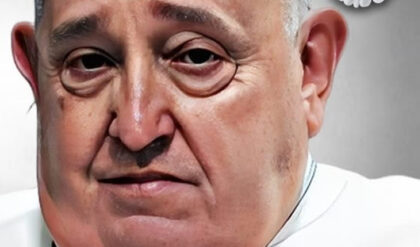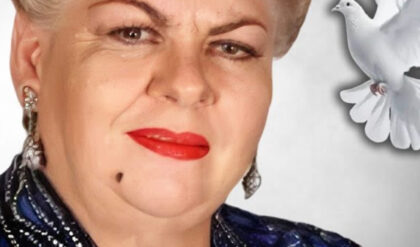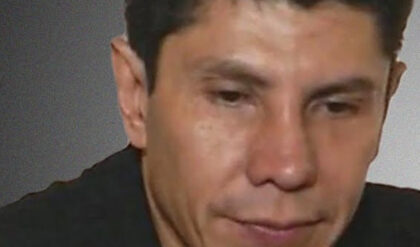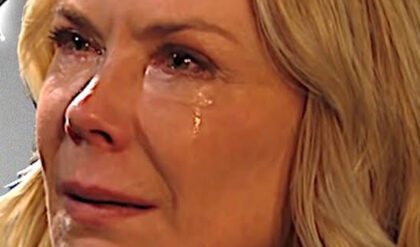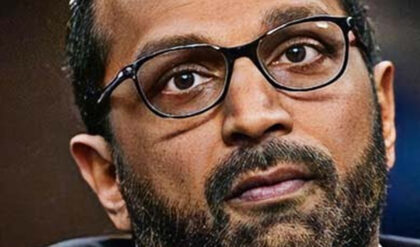Luther Vandross remains one of the most beloved figures in R&B, celebrated for his velvety smooth voice, which captivated audiences worldwide. Known for hits like “Never Too Much” and “Dance with My Father,” Vandross’s career was nothing short of iconic, with over 40 million albums sold globally. By 2023, his talent had earned him a spot on Rolling Stone‘s list of the 200 greatest singers of all time, along with recognition from Billboard as one of R&B’s all-time greats and NPR as one of the 50 greatest voices.
However, behind the accolades and the smooth voice was a man who grappled with a number of personal and professional challenges. Despite his fame, Vandross’s life was marked by complex struggles, especially around his identity, relationships, and pressures within the music industry.
Early Life and the Road to Stardom
Luther Vandross was born and raised in New York, spending his formative years in the Bronx. His talent emerged early, leading him from local venues to global stages. His rise to stardom in the 1980s set him apart as one of the leading voices of R&B, combining traditional soulful melodies with modern sensibilities. By the time the 21st century rolled around, he was already a legend, his records regularly achieving multi-platinum status.

Throughout his career, Vandross received numerous awards, including multiple Grammys, American Music Awards, and Soul Train Music Awards. His success was not just about chart-topping records but also about his image as a heartthrob. However, his role as an R&B sex symbol conflicted with the reality of his private life, a tension that would follow him throughout his life.
The Struggle with Identity and Privacy
Vandross was known for his intensely private nature, often avoiding questions about his personal life. Close friends, including fellow singer Patti LaBelle, have commented on his struggles with being openly gay. LaBelle, who became close to Vandross, revealed in a 2017 interview on Watch What Happens Live with Andy Cohen that he had confided in her about his fears of coming out publicly. According to LaBelle, Vandross did not want to upset his mother or disappoint his fans, especially the many women who admired him as a romantic icon.
:max_bytes(150000):strip_icc():focal(999x0:1001x2)/clive-davis-781fa7ae18cb433db099d1750680f58d.jpg)
This disclosure by LaBelle sparked mixed reactions. Some fans saw it as a respectful acknowledgment of what was long rumored, while others criticized her for revealing such personal information without his consent. LaBelle explained that Vandross had struggled with the idea of coming out because he feared the impact it might have on his mother and fans. His decision to keep his identity private underscores the weighty consequences of coming out during a time when homosexuality was even less accepted, particularly within the African-American community and the hyper-masculine world of R&B.
The Challenge of Coming Out as a Black Gay Artist in the 1980s
During the peak of Vandross’s career in the 1980s, being openly gay could have been detrimental to his public image and his career. The R&B genre, deeply connected to the African-American church and the broader cultural experience, was often less open to LGBTQ identities. Vandross would have faced not only homophobia but also racism, especially when operating within an industry that expected male artists to be symbols of heterosexual masculinity.

The social pressures Vandross experienced were compounded by the public’s perceptions and the constant media scrutiny he endured. When questioned about his sexuality, Vandross was known for his humor and deflection. In a 2001 interview with Vibe, he quipped, “Am I bi-coastal? Yeah, I have houses in Beverly Hills and New York.” This ambiguous response, coupled with his enduring silence on the subject, only fueled further speculation.
Rumors and Health Struggles
Vandross’s reluctance to address the rumors surrounding his identity led to gossip and sometimes damaging assumptions about his health. During the AIDS crisis of the 1980s and 1990s, any suggestion of being gay often came with harmful and prejudiced assumptions about the disease. Vandross faced unsubstantiated rumors about having contracted HIV/AIDS, and a false report even claimed he had died from the disease. The climate of fear and stigma around HIV/AIDS likely compounded his desire to maintain privacy.
His professional life continued to thrive despite these rumors, but his personal life remained lonely. Vandross admitted that he had never truly experienced love. “I’m still waiting,” he told Vibe. His longing for genuine companionship added a layer of poignancy to his romantic ballads, resonating with fans even more as they realized his performances came from a place of personal heartache and isolation.
Feuds and Tensions with Industry Peers
Aside from the inner turmoil Vandross faced with his identity, his career was also marked by conflicts with other industry figures. His demanding nature when it came to music often put him at odds with fellow artists. One notable example was his publicized feud with Anita Baker during a joint tour. While their voices created unforgettable music together, their personalities clashed. Vandross was a perfectionist, known for his meticulous attention to every detail in a performance, from song arrangements to stage setup. Baker, on the other hand, was more free-spirited, driven by emotion and instinct rather than precision.
Their disagreements over artistic choices led to tension, which was evident even during performances. Backstage, the conflict affected not just the stars but also the crew and fans. Yet, when they managed to put aside their differences, they created performances that showcased their immense talent. Their on-stage chemistry proved that, despite their personal differences, they were professionals committed to their craft.
Another lesser-known conflict Vandross had was with the girl group En Vogue. Although details remain scarce, reports indicate that personality clashes with the group added another layer of difficulty to his career. Despite these challenges, Vandross continued to deliver exceptional performances, cementing his legacy in the music world.
Legacy and Lasting Impact
Luther Vandross passed away in 2005 at the age of 54, leaving behind a powerful legacy. His music continues to resonate with fans old and new, but his life story speaks volumes about the complexities artists face behind the scenes. Vandross’s struggles with identity, relationships, and professional conflicts remind us of the human side of fame. He lived in an era where being a gay man, particularly in the African-American R&B world, came with challenges that prevented him from fully embracing his authentic self.

In recent years, attitudes have shifted, and the music industry has seen a greater embrace of LGBTQ artists. Had Vandross been able to come out in today’s world, he might have found the acceptance he sought during his lifetime. His legacy remains a testament not only to his vocal talent but also to the personal struggles he endured to protect his public image and his private life. Vandross’s story reflects the dual pressures of being both a cultural icon and a man searching for love and acceptance.
Even though Vandross may not have found the fairy-tale romance he often sang about, his contributions to music and culture continue to inspire generations. His ballads of love, longing, and heartbreak offer a glimpse into the soul of a man who gave so much to the world yet held so much of himself in reserve.
